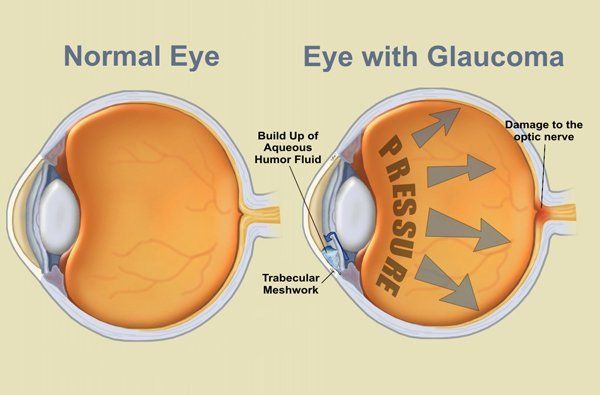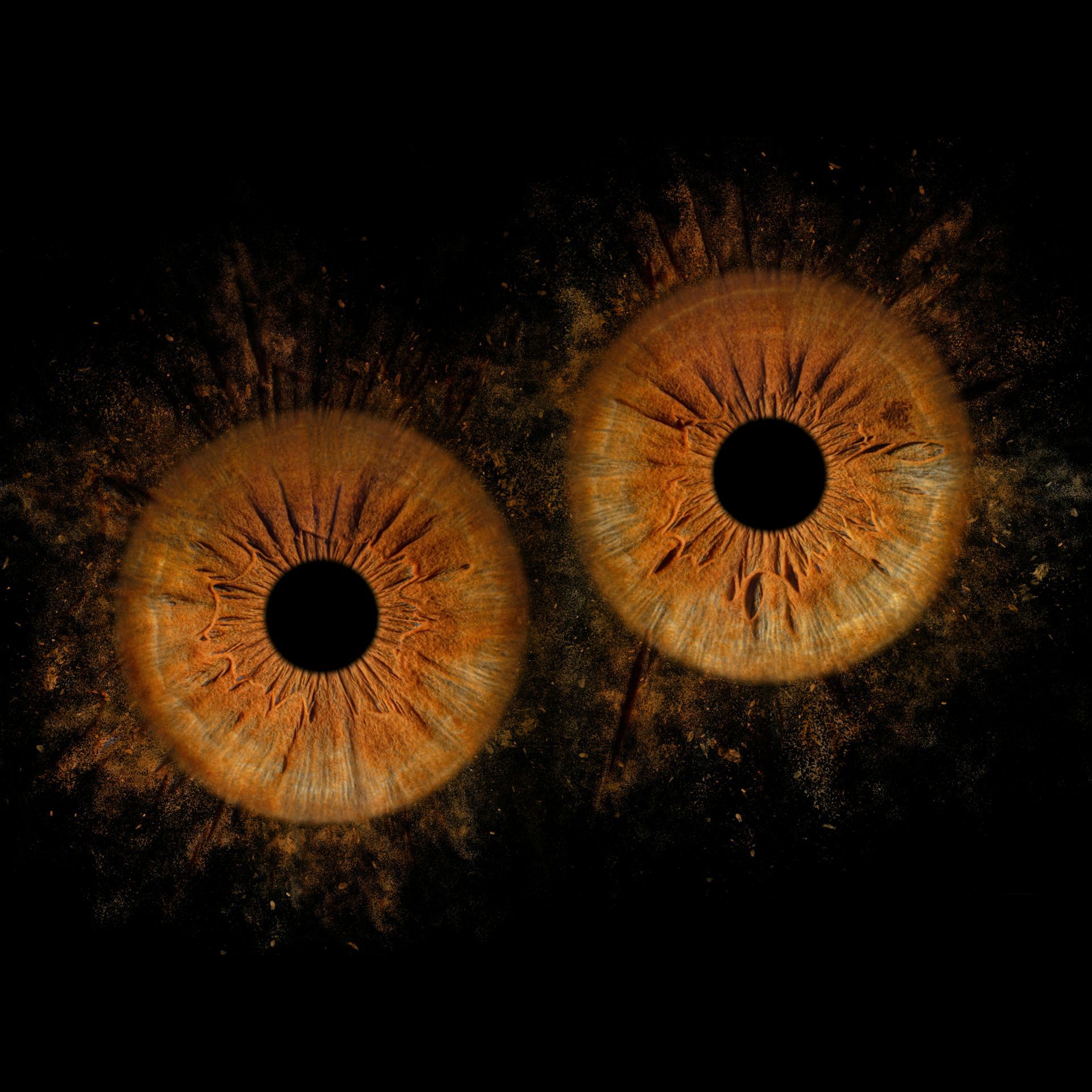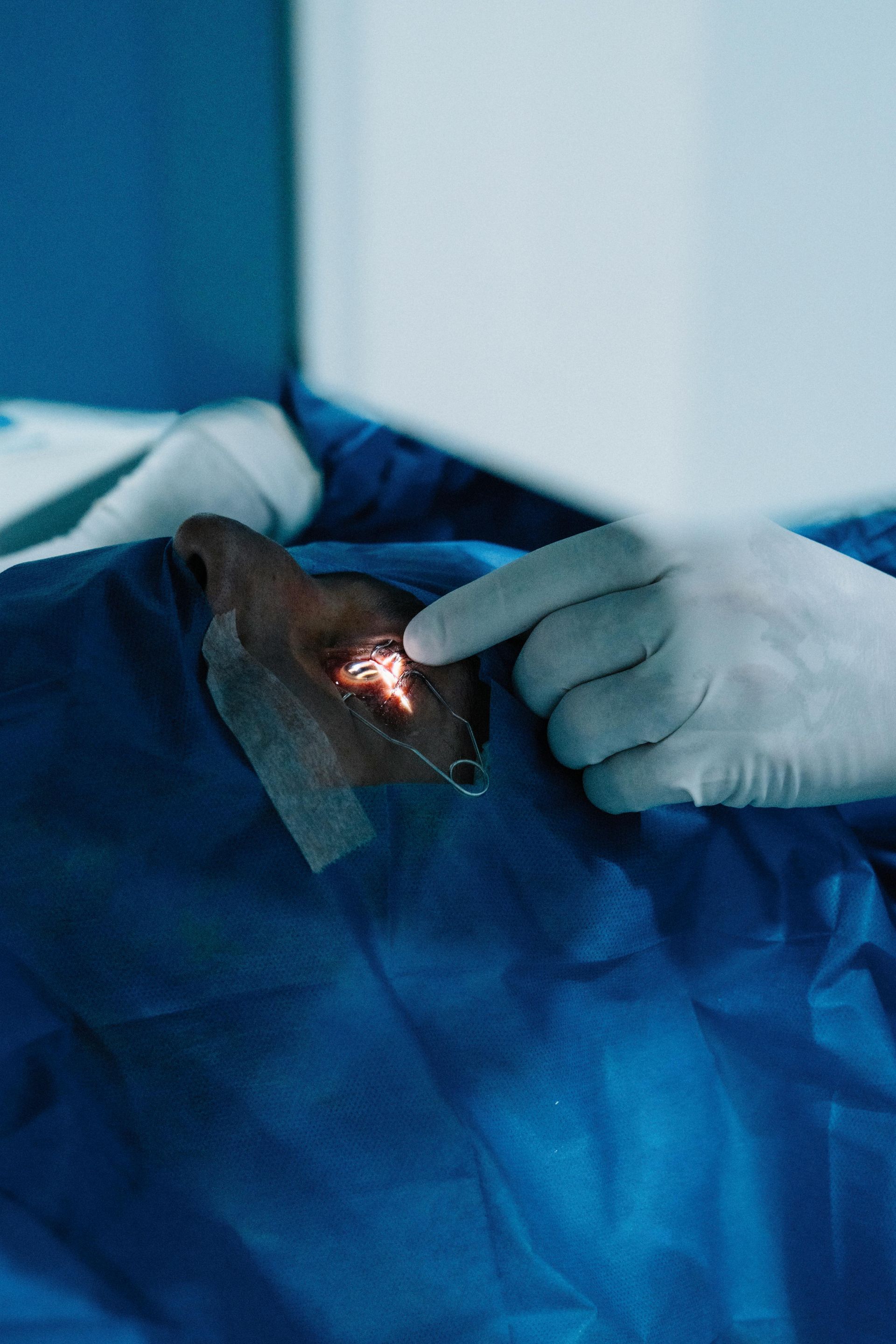Making a spectacle, a start at a history
Blog vol 4.18. Making a spectacle, a start at a history.
You must have heard about the optometrist who had a couple of glasses and made a spectacle of herself.
Spectacles have a long history. They were first invented to provide focus for aging eyes. Today spectacles correct a wide range of eye conditions.
A few “spectacular” historical facts:
As early as 700 BCE, people in China made spectacles with ground and polished quartz, usually set in a bronze frame. These spectacles were for near vision, essentially magnifiers. As the human eye ages, the lens in the eye hardens and this makes it more difficult to focus the diverging light rays that come from a book or, most likely in that era, a scroll. Lenses for myopia (distance vision) could not be made at that time and few people needed them.
Over the centuries scribes would have had a relatively short career if they could only rely on their own vision to see their writing. The skills and experience required to make the Book of Kells (ca.800 CE), for example, suggest that spectacles must have been accessible.
Last weekend, I was reminded of the writing of John Lukacs who wrote many books on the Second World War, especially focussing on Churchill and Hitler. A patient came in with a pair of glasses that looked eerily familiar. If you can recall, Sir Winston used to wear round tortoise-shell spectacles when he read. A company in Britain has made replicas of these glasses and named them appropriately, Chartwell, after Churchill’s residence in Kent. So for a mere 400 Quid, you can order them with your prescription and have them delivered to your door.
At one point in Lukacs’ book, The Duel, he points out that Hitler had an aversion to wearing spectacles, making sure that propaganda photos did not show him donning them even though he needed them. Perhaps with Hitler’s commitment to Nietzsche’s Übermensch, he wanted to always appear unassailable, not a vulnerable human being. It does make one wonder if the twentieth century would have been less painful if Hitler had decided to gladly wear his glasses. A different perspective may have helped.
The twentieth century was not kind to spectacle wearers in Cambodia, where Pol Pot and the Khmer Rouge ruled. During his four-year reign of terror in the late seventies, the Communist Party’s “cultural revolution” created policies that were against the elite and the educated to the point that even people who wore spectacles were seen as enemies of the state.
As you can see, the history of spectacles is quite fascinating (a topic that has sequel written all over it).
Stay tuned,
the good doctor







